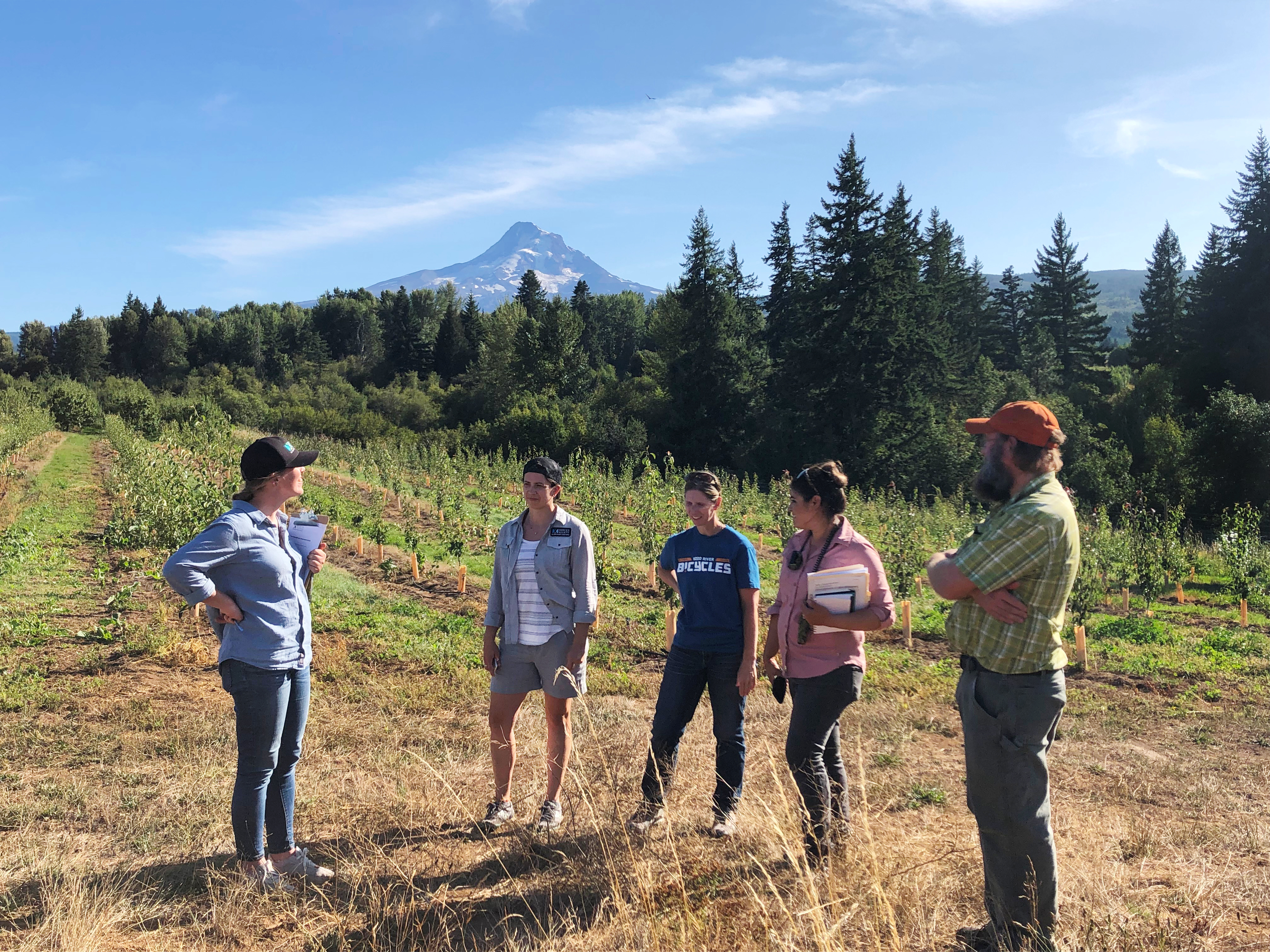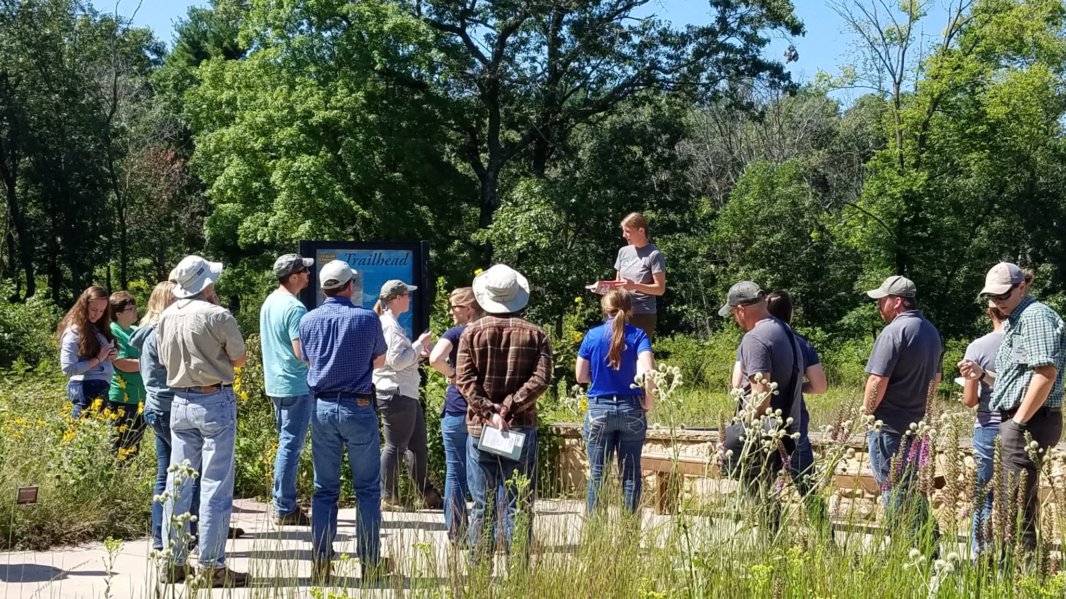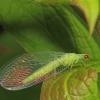Select monthly updates from our team of restoration ecologists, entomologists, plant ecologists, and researchers.
The Xerces Society manages the largest pollinator conservation program in the world. We work with farmers, gardeners, land managers, agency staff, and others to create habitat for bees, butterflies, and beneficial insects—and hundreds of thousands of acres of flower-rich habitat have been planted. We also offer certifications: Bee Better Certification for farmers and food companies who are committed to supporting pollinator conservation in agricultural lands, and Bee City USA and Bee Campus USA certifications for cities and colleges dedicated to making the world safer for pollinators.
With staff based in more than a dozen states, and offering a diverse array of expertise, it can be challenging to summarize the impactful work being done by our team of restoration ecologists, entomologists, plant ecologists, and researchers. Therefore, we have compiled select pollinator conservation program updates into monthly digests. January's featured staff members have been working with growers in one of Oregon's major fruit-producing regions, and training conservation professionals to assess and improve habitat in Wisconsin.
Supporting the Adoption of Sustainable Practices in One of Oregon’s Major Fruit Growing Regions
Corin Pease, Pollinator Conservation Planner, Pacific Northwest
Hood River and Wasco Counties span one of Oregon’s major fruit growing regions, near the Columbia River. These two counties produce cherries, pears, blueberries, wine grapes, and other crops. In fact, Hood River County grows more pears that any other county in the United States, and Wasco County is the second highest producer of cherries in the U.S.
In this region, the Natural Resource Conservation Service (NRCS) is launching an exciting new project to protect pollinators. This project, known as an NRCS Conservation Implementation Strategy (CIS), will assist growers financially in implementing sustainable practices. More specifically, this project involves creating habitat for pollinators and other beneficial insects around fruit orchards and implementing integrated pest management (IPM) practices that minimize pesticide impacts on pollinators. Fruit growers in this region understand the importance of pollinators for their crop production and they are concerned that changes in pest management practices may impact pollinator health. There is also a strong interest in using habitat to enhance beneficial natural enemies of common crop pests such as spotted wing drosophila and brown marmorated stink bug.
The Xerces Society is working with the NRCS and other collaborators to implement this important project. This NRCS Conservation Implementation Strategy (CIS) has set aside cost-share funds under the national Environmental Quality Incentives Program (EQIP). These funds will be used to support pollinator conservation practices such as hedgerows, field borders, and cover crops. We are helping design habitat to enhance populations of native bees and other beneficial insects, and assisting growers with techniques for successful establishment of habitat plants on farms.
Another facet of the project is that we are working with the Oregon State University Pollinator Health Extension agent and other OSU Extension agents to develop an NRCS incentive program to promote IPM using alternative pest management strategies that have less impact on pollinators and to reduce pesticide drift onto sensitive beneficial insect habitat. As these practices are implemented, Xerces will help to monitor habitat plantings and their effectiveness for increasing bee abundance, bee diversity, and crop pollination. It is our hope that this program will result in increased abundance and diversity of bees, better crop pollination, and the implementation of IPM to further support the ecosystem services of pollinators and natural enemies of crop pests.

Training Conservationists in the Birthplace of Ecological Restoration
Karin Jokela, Farm Bill Pollinator Conservation Planner, Minnesota
As a pollinator conservation planner and partner biologist for the Natural Resources Conservation Service (NRCS), a large part of my job is to train conservation professionals on how to assess habitat and design improvements for pollinators and other beneficial insects.
This summer, I worked with the Wisconsin NRCS State Biologist, Steve Bertjens, to co-teach two workshops—one in Eau Claire and the other in Baraboo, at the Aldo Leopold Foundation. I was especially excited to teach (and learn!) in the landscape around Baraboo—one of the most significant places in the history of ecological restoration; the prairie outside of Aldo Leopold’s famous shack is one of the oldest known prairie restorations in the world.
To begin the workshops, we discussed pollinator ecology and the basics of how to prepare a site for prairie restoration and maintenance. Later in the morning, we moved outdoors and practiced using tools that help conservation planners evaluate existing habitat. For example, the monarch wildlife habitat evaluation guide (WHEG) is an assessment tool that must be used prior to enrolling farmers in some very popular Farm Bill pollinator habitat programs, so it’s important that planners know how to properly use it.
This assessment provides quantitative scores for different aspects of existing habitat, including: Risk of insecticide exposure, weed management risks, milkweed stem density (number of host plants for monarchs), and wildflower cover and richness (adult nectar plant abundance and diversity). Calculating the final score allows planners to determine the quality and deficiencies of the current habitat, and think strategically about management alternatives that would improve the score. It’s a tool that is standardized, objective, and useful, resulting in meaningful habitat restorations… but not inherently inspiring.
Invariably, what inspires me most when teaching these types of workshops is the time spent in the field with other conservation professionals, surrounded by natural flora and fauna. The highlight of our time together was sharing observations and appreciation for all the fascinating little creatures that make up the foundation of healthy communities. These are the experiences that feed my desire to go forth and continue to do good work—work that aligns with the legacy of Aldo Leopold and his teachings: To pay attention and care for our community and all who belong to it.

Further Reading
Learn more about the Xerces Society’s Pollinator Conservation Program.





